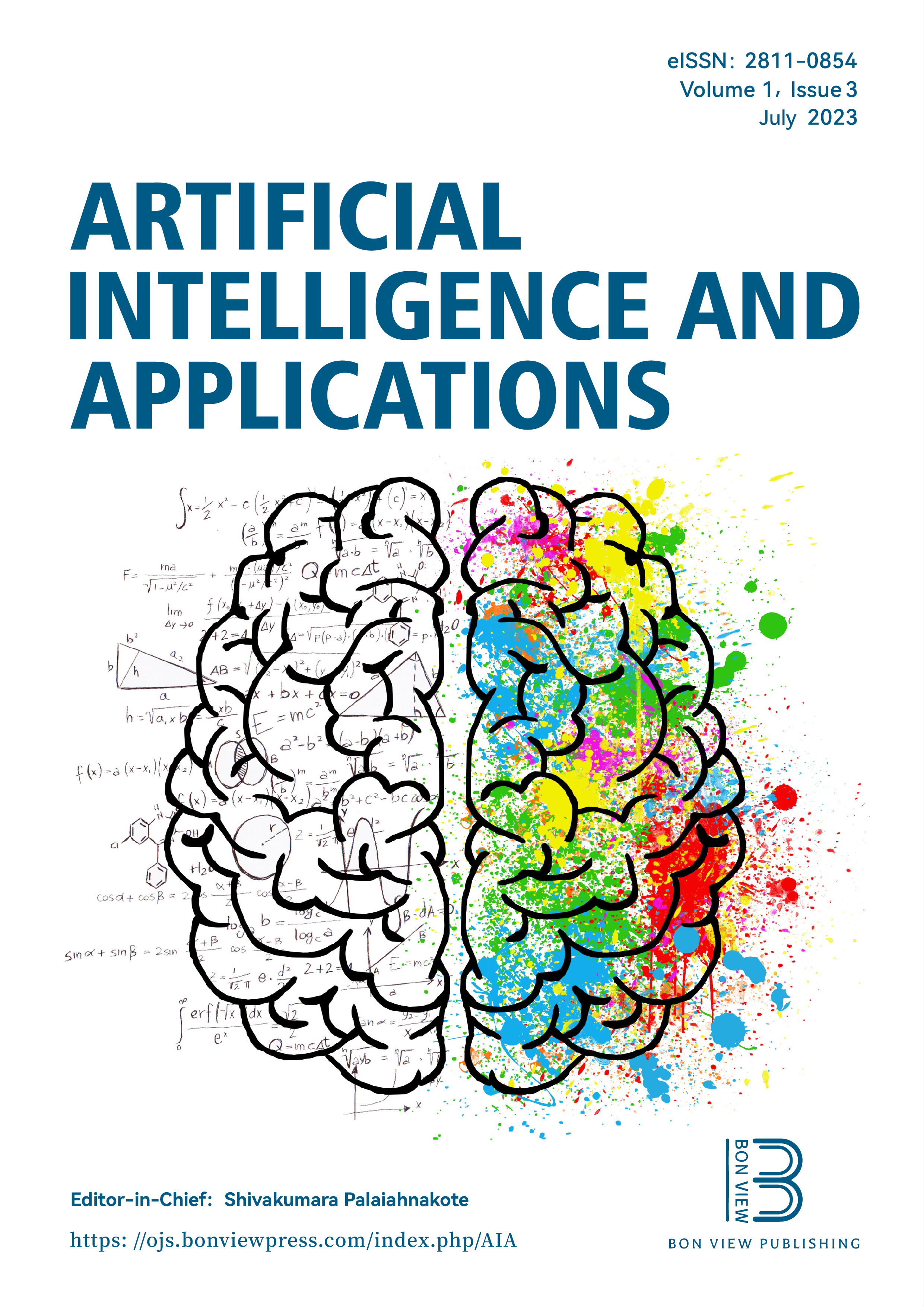Machine Learning Methodology for Identifying Vehicles Using Image Processing
DOI:
https://doi.org/10.47852/bonviewAIA3202833Keywords:
image processing, machine learning, vehicle, accuracy, classificationAbstract
Using computer decision-making rather than human decision-making is one of the top priorities of prosperous nations around the world. The reduction of traffic infractions is one area that requires this field. Identifying the type of vehicle will significantly reduce traffic infractions. The aim of using image processing in the context of driving violations is to minimize time wastage, reduce human errors and optimize the use of resources. However, there is still a certain error rate associated with capturing images of offending vehicles and reading their plates, whether done manually or automatically. One solution to this problem is to use image processing and learning algorithms to accurately determine the type of vehicle involved. This approach can be particularly useful in scenarios where it is necessary to identify the traffic volume or count the number of specific types of vehicles passing through a particular area, such as a street or highway. Images of the automobiles, which serve as the paper’s data source, were compiled from a variety of locations with uniform camera-to-vehicle distances. The image’s background is then eliminated by removing it, and the image’s features, including its morphological features, are retrieved and provided to four classifiers so they may carry out the classification procedures. This report focuses on seven different categories of Iranian vehicles. Three sets of raw, filtered and noisy images were subjected to four machine classifiers, including support vector, k-nearest neighbor, perceptron neural network and Bayesian decision theory. The images were subjected to low-pass Gaussian filtering at various frequencies, after which salt-and-pepper noise and Gaussian noise were used to make them noisy. The results demonstrate that our proposed method with the SVM algorithm has provided acceptable results with an accuracy of 97.1, which is not only more accurate than most methods up to this point but also allows the correct classification of Iranian cars.
Received: 7 March 2023 | Revised: 11 April 2023 | Accepted: 17 April 2023
Conflicts of Interest
The authors declare that they have no conflicts of interest to this work.
Metrics
Downloads
Published
Issue
Section
License
Copyright (c) 2023 Authors

This work is licensed under a Creative Commons Attribution 4.0 International License.






